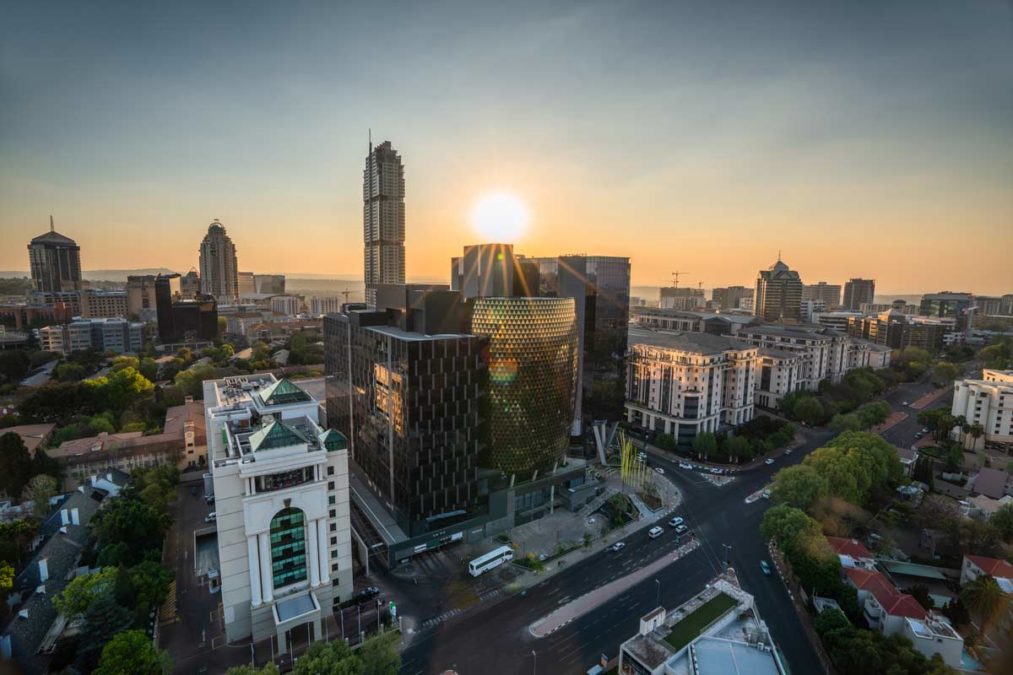You’ve probably heard or come across the term “net-zero carbon buildings” by now. Although the definitions may vary, the overall concept remains the same – offsetting a building’s carbon emissions with either onsite or offsite renewables. To some this may seem clear, while to others the notion can be quite overwhelming.
But how easy is it to actually achieve a net-zero carbon building? Well, using the right tools, a lot easier than you think!
London – present day: my computer screen is filled with technical drawings, data sheets, receipts, invoices, and all sorts of project documents from all corners the world. This is a regular day’s work for me. All the projects I review are buildings with improved energy and water efficiency, as well as reduced embodied energy in materials. What I have come to realise is that they are not far off from achieving net-zero carbon.
To offset carbon emissions, the first step is knowing how much energy a building is consuming. That by itself can be a daunting task, which is typically performed by the likes of specialist energy consultants. Using a range of data, from building characteristics such as envelop physical properties, mechanical, electrical, and plumbing characteristics, to the operating schedules of the building itself, the consultants model the predicted annual energy consumption in all its forms (electrical, thermal, fuel, etc.). Once the predicted energy consumption is established, the building’s carbon emissions can be calculated using conversion factors to convert all forms of energy consumed to kilograms or tons of CO2 emitted.
From my experience working on projects with consultants, contractors, and client-representatives, over the years, I can assure you that such data collection requires a multilateral effort and is no walk in the park. In the case of existing buildings particularly, gathering energy data can be difficult if invoices are not properly filed or if a facility’s energy cannot be segregated from a group’s or campus’.
Projects using EDGE have an advantage as the data collection and analysis chunk is integrated in what’s called the EDGE app – an online tool that allows users to select efficiency measures for energy, water, and materials, and showcases real-time savings in an interactive dashboard.
Now, given all the hassle involved in gathering data, processing it, and doing the modelling for net zero carbon buildings, the EDGE app [to me at least] was just like anaesthesia kicking in right before a big dental surgery – instead of experiencing a slow and painful operation, you wake up and the work is done!
Let’s have a look at what I’ve fiddled with in the EDGE app to see how the project went over the net-zero margin.
The play-around
Our sample project is a supermarket that’s located in Romania with about 1,700 square meters of gross internal floor area. It was built in 2013, so it’s an existing building, and has a northeast orientation. Here are some efficiency measures the developers implemented:
-
For energy efficiency:
- It has a window to wall ratio (WWR) of about 5 percent. That means not much heat gain or loss is going through the windows because there aren’t many of them. According to the EDGE app, a typical construction for the same typology and location has a 30 percent WWR so there are significant efficiency savings from this measure (note: the EDGE app has this type of info built in for every country!).
- It has insulated roofs and walls to keep the cold (or heat) inside.
- The roof is painted white to reflect the sun, which reduces the air conditioning load on a hot sunny day and saves energy.
- It has what’s called a variable refrigerant flow (VRF) air conditioning system. This piece of gizmo gives just the right amount of cooling [or heating] when it is needed, which saves a whole lot of energy compared to conventional air conditioning systems that simply turn on when cooling is needed and off when it’s not (not very efficient).
- Smart fans that work with sensors to give the right amount of air at the right time.
- LED lights are fitted out throughout the building for internal and external spaces.
-
For water efficiency:
- The project has dual flush WCs in all bathrooms.
- It has low-flow urinals in all bathrooms.
- Low-flow faucets in all bathrooms and kitchens.
The above measures slashed the energy consumption by around 38 percent from the [hypothetical] baseline building that uses international standards for similar climatic conditions such as ANSI/ASHRAE 90.1.
At 40 percent energy savings, the EDGE app unlocks the opportunity for the building to achieve net-zero carbon (as defined by Architecture 2030). Essentially at that point, all that is missing to take the building to net-zero carbon are renewables. By installing on-site solar panels, the building can reach 40 percent energy efficiency. By purchasing off-site renewable electricity (equivalent to 100 percent of the total annual energy consumption) to eliminate and offset any carbon emissions coming out of the building, the project reaches its goal. And voila, you suddenly have a net-zero carbon supermarket a la carte.
And for those wondering about costs, renewable energy prices have decreased dramatically in the last five years and pay themselves back fairly quickly. Using the EDGE app, you can see the indicative incremental cost for the kit that you’re installing and quickly calculate the return on investment.
Net-zero carbon buildings may feel like a daunting task to achieve, but if you’re using the right tools to help you establish your calculations in a fast and efficient way, net zero carbon doesn’t have to be expensive and time consuming. It can be applied to any building around the world, and is an attainable goal for every property owner and developer.
Take the EDGE off and check it out for yourselves.





